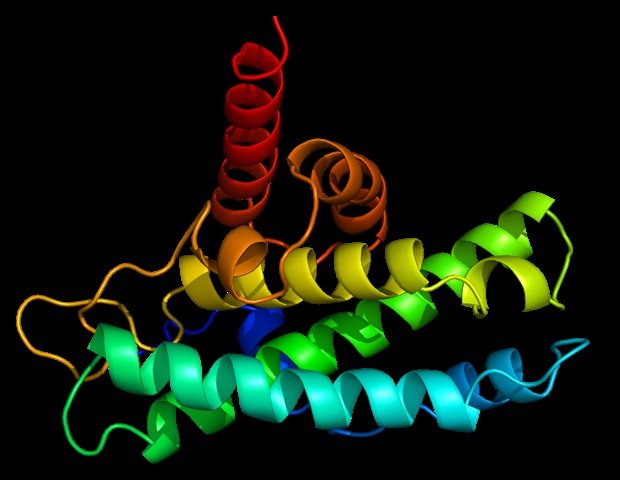
Understanding how the brain processes sweet, bitter and umami tastes may one day help researchers design more effective drugs for neurological disorders.
Van Andel Institute scientists have for the first time revealed the near atomic-level structure of a calcium homeostasis modulator (CALHM), a type of protein that plays critical roles in processing taste stimuli and mitigating toxicity in brain cells.
These proteins work by sensing chemical and electrical changes in their environment - in the taste buds, for example - and relaying the information back to the brain.
They also help regulate calcium concentrations and amyloid-beta protein levels in the central nervous system.
Previous research has shown that abnormal changes in CALHMs - and the resulting dysregulation of calcium or build-up of amyloid-beta - can contribute to Alzheimer's disease, stroke and other neurological conditions.
This is the first time we've been able to visualize one of these important proteins with such clarity. Until now, we didn't know what they looked like or how they worked.Lü is an assistant professor at VAI and co-corresponding author of the study, published in Nature.
Our molecular blueprint of calcium homeostasis modulator 2 lays the groundwork for understanding the broader family of CALHMs, which could inform therapeutic development down the road."
Wei Lü, Ph.D.
The shape of a protein is a key factor in how that protein carries out its function, much like how a specific key only works with a certain lock.
In the case of CALHM2, the new images show drastic differences in its structure when it is in its open state versus its inhibited state, providing new insight into how the protein works in varying circumstances. Importantly, the team also identified an area of the protein that would be an optimal drug target.
"Understanding CALHM2's structure is the first step in understanding exactly how these proteins function, how they impact neurological diseases and how they may be leveraged therapeutically," said Juan Du, Ph.D., an assistant professor at VAI and co-corresponding author of the study. "We look forward to broadening our studies, with the ultimate goal of developing novel medications for CALHM-related disorders."
The findings were made possible by VAI's state-of-the-art David Van Andel Advanced Cryo-Electron Microscopy Suite, which allows scientists to view some of life's smallest components in exquisite detail. VAI's most powerful microscope, the Titan Krios, can visualize molecules 1/10,000th the width of a human hair.
Van Andel Research Institute
Journal reference:
Choi, W. et al. (2019) The structures and gating mechanism of human calcium homeostasis modulator 2. Nature. doi.






No comments
Post a Comment